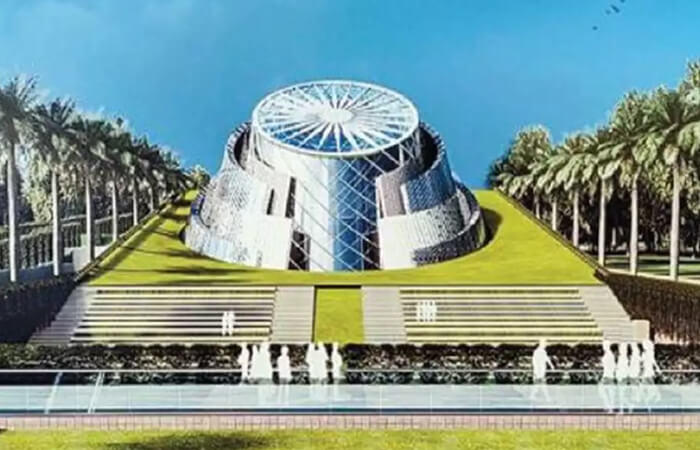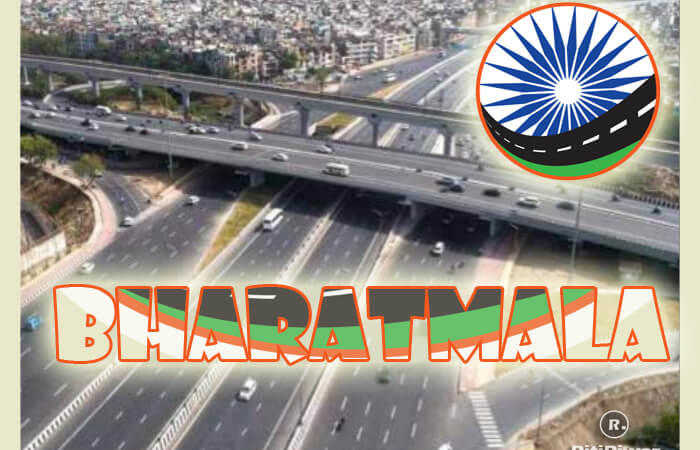Budget India 2017-18

Main Features
1. Budget Estimates in broad aggregates to facilitate easy understanding. The document shows receipts and expenditure as well as the Fiscal Deficit (FD), Revenue Deficit (RD), Effective Revenue Deficit (ERD), and the Primary Deficit (PD). The document gives an illustrative account of sources of receipts, and their application through suitable charts, and graphs. In addition, the document contains the resource transfer to States and allocations on major programmes and schemes.
2. Fiscal Deficit is the difference between the Revenue Receipts plus Non-debt Capital Receipts (NDCR) and the total expenditure. This indicates the total borrowing requirements of Government from all sources. Revenue Deficit refers to the excess of revenue expenditure over revenue receipts. Effective Revenue Deficit is the difference between Revenue Deficit and grants for creation of capital assets. Primary Deficit is measured by Fiscal Deficit less interest payments.
3. A significant reform initiative in the budgeting process, announced by the Finance Minister, in his Budget Speech of 2016-17 was the removal of the Plan and Non-Plan distinction in expenditure budgeting. This has been implemented from the Budget of 2017-18. With the removal of this distinction it is expected that the link between spending and outcomes will improve and become more holistic and focused.
4. Budget 2017-18 reflects Government’s firm commitment to substantially boost investment in Agriculture, Social Sector, Infrastructure and Employment Generation on the one hand and simultaneously sticking to the fiscal consolidation path on the other hand. This is substantiated by increase of ` 1,32,328 crores over RE (2016-17) while
simultaneously conforming to the fiscal deficit target of 3.2%.
5. In RE (2016-17), the total expenditure at ` 20,14,407 crore is more than the BE (2016-17) by ` 36,347 crore. Accordingly, the Fiscal Deficit target of 3.5% in 2016-2017 has been achieved without reduction in expenditure at the RE stage.
6. Since 2015-16, the devolution of States’ share in taxes has witnessed a major jump. Continuing with this trend, the total resources going to States including the devolution of State’s share in taxes, Grants/Loans, and releases under Centrally Sponsored Schemes in BE (2017-18) is ` 10,85,075 crore, with a jump of ` 94,764 crore over RE (2016-17) and ` 2,50,592 crore more than the Actual (2015-16). These facts reflect Government’s firm commitment to co-operative federalism and strong belief in the principle that the
Nation grows when States grow






